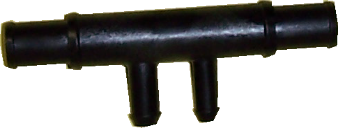Garypowell
Well-known member
Just finished installing an up to 20 Gal/hour pump on my Aux Tank. Went off to Wally World to fill up the Aux tank and ran the fuel pump while there.
Thought I would see what it sounded like to have fuel pumping in so I opened up the filler cap. Got a good sized whoosh of air. Listened to the fuel being pumped in for a minute and then put the cap back on.
Cracked it open a few minutes later and got another whoosh. Those of you with experience with a pump like this.....
1. is this pressure build up a concern?
2. Is there a relief valve somewhere that will relieve the pressure if it gets too high?
Thanks,
Thought I would see what it sounded like to have fuel pumping in so I opened up the filler cap. Got a good sized whoosh of air. Listened to the fuel being pumped in for a minute and then put the cap back on.
Cracked it open a few minutes later and got another whoosh. Those of you with experience with a pump like this.....
1. is this pressure build up a concern?
2. Is there a relief valve somewhere that will relieve the pressure if it gets too high?
Thanks,

